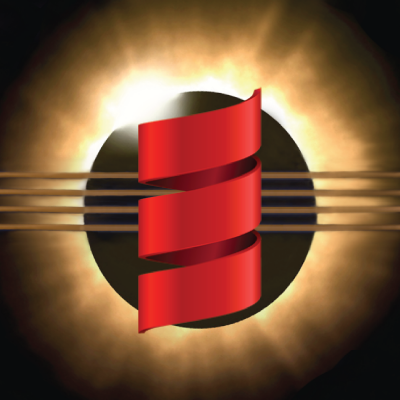Published 2013-12-01.
Last modified 2024-07-20.
Time to read: 2 minutes.
This page is just to give you orientation about the software tools covered by the course material.
The material has been arranged so you incrementally learn as the material progresses. The lectures are not designed to be random-access. Lectures on related topics are intertwined with the lectures described below.
In these lectures, whenever I refer to Linux or Ubuntu then that information is also applicable to Windows Subsystem for Linux (WSL).
You have many choices for running Scala. You can choose to work through all of the following lectures, or just the first four.
- Microsoft Windows users should start with the Installing Windows Subsystem for Linux lecture.
- The mandatory Installing Scala Prerequisites lecture discusses terminal emulators and how to install a Java development kit (JDK) to power Scala.
-
The recommended Installing Coursier lecture discusses
how to install and work with the Coursier command.
Coursier is a relatively new yet very usefull tool for managing command-line Scala tools,
such as
sbt, the Scala compiler, and more. - The recommended Installing Scala Only lecture discusses how to install the Scala command-line compiler. In real life you don’t normally have to manually install the Scala compiler in order to work with Scala unless you would like to run the Scala REPL at the command line, or to write Scala scripts, or you are setting up a server. However, it is important to have some understanding of the compiler, even if you might not normally use it directly. This lecture also covers the Scala code runner command line options.
- The recommended Scala Runner lecture discusses how to work with the Scala command-line compiler.
-
The Scala Build Tool (
sbt), for working with Scala projects from the console, handling dependency management and builds. There are 3 mandatorysbtlectures:-
The
sbtGlobal Setup lecture discusses how to installsbt, which can be used to compile, test and and run Scala projects. It also provides important information aboutsbt. -
The
sbtProject Setup explains how to set up a project build usingsbt. -
The
sbtTasks and Settings lecture explainssbtin more detail.
-
The
-
There are optional lectures for two IDEs:
-
The Setting Up Visual Studio Code lecture
discusses how to install and configure the free Visual Studio Code IDE by Microsoft for use with
Scala and
sbt. -
There are two IntelliJ IDEA lectures:
-
The Setting Up IntelliJ IDEA lecture
discusses how to install and configure IntelliJ IDEA by JetBrains for use with Scala and
sbt. IDEA installs its own versions of the Scala compiler andsbt, based on the project settings you establish. - The Working With IntelliJ IDEA lecture is for programmers who would like to use IntelliJ IDEA with this course and those that follow. It has been updated to IDEA 2019.1.1, and discusses special considerations for macOS, Linux and Windows. The demo at the end of the lecture shows various ways of searching, navigating Scala and Java code, viewing project directories and the inheritance hierarchy, working with favorites, multi-pane and multi-window editing and examining dependencies.
-
The Setting Up IntelliJ IDEA lecture
discusses how to install and configure IntelliJ IDEA by JetBrains for use with Scala and
-
The Setting Up Visual Studio Code lecture
discusses how to install and configure the free Visual Studio Code IDE by Microsoft for use with
Scala and
© Copyright 1994-2024 Michael Slinn. All rights reserved.
If you would like to request to use this copyright-protected work in any manner,
please send an email.
This website was made using Jekyll and Mike Slinn’s Jekyll Plugins.
